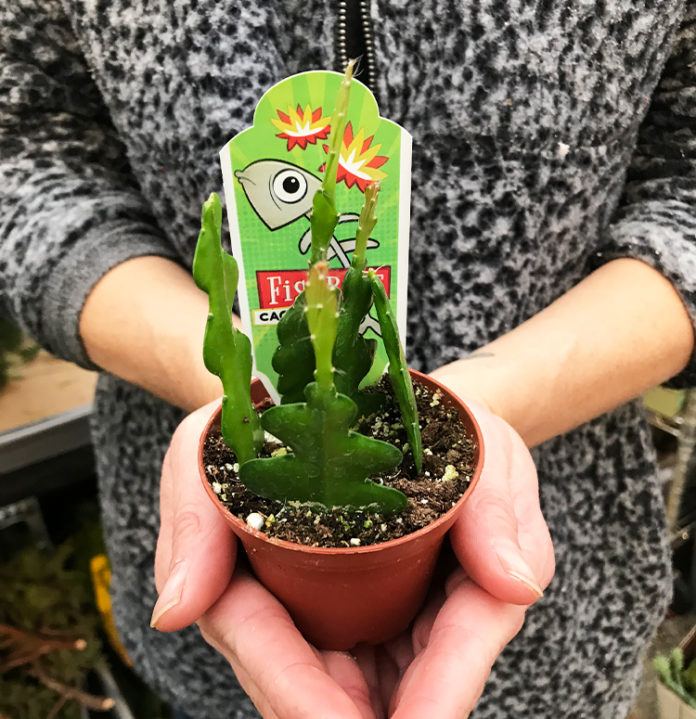
Plants that grow often absorb nutrients from the soil over a period of time. Fertilization Is The KeyĪnother thing to consider when keeping a fishbone cactus in your home is fertilization. In spring and summer, they are likely going to need more water so make sure that you hydrate your plants well. While it is vital to provide these rainforest plants with sufficient water, their hydration needs depend on the season as well. You can also try misting your fishbone cactus if there are any signs of dryness. Due to this plant’s tropical background, it needs plenty of water from time to time. In some cases, a lack of humidity and moisture can result in the growth of aerial roots. You should also get a pot with holes in it to drain excess water. Similar to most plants, it is crucial that fishbone cactus get sufficient water to effectively grow. The most important thing when taking care of a plant is watering. Your fishbone plant will be able to grow better in a shaded environment where it can get the much-needed light without falling under the scorching heat. You can set a designated area for your plant where sunlight is indirectly falling on it. The best thing to do for your fishbone plant is to provide it with moderate amounts of light. It is important to make sure that this species of plant is not a desert plant and should not be placed in direct sunlight for long periods. Being a tropical plant, the fishbone cactus needs a moderate amount of light to grow healthily. Light is an essential part of every plant’s growth.

Here are the things you should consider if you own a fishbone cactus. This plant is low maintenance and easy to take care of.

Since Fishbone Cactus originated from Mexican rainforests, it requires a humid and moist environment to bloom. Its stems are often woody which can be considered as a sign of good growth. This Disocactus Anguliger has a stable population that can be distinguished by its beautiful stems. Originally from Mexican forests, this plant’s trade goes all the way back to the 1800s when it was brought to other parts of the world. Usually, these flowers are pale or white and boast a sweet scent that you can smell from a distance. Having a wavy green outlook, this plant can also bloom flowers depending on the right conditions and season. It is common for people to place it in their houses as this plant is easy to take care of. This name has come from the shape of its smooth green leaves that are similar to a fishbone. Fishbone cactus is a more common term for this species that is native to Mexico. The scientific name for this plant is Epiphyllum Anguliger but it is also called the zig-zag cactus sometimes.
Fishbone cactus how to#
Here is all you need to know about this species of plants and how to propagate and care for it. It is easy to take care of and you can propagate it to share with friends and family.

Many people like to keep it as a house plant for various reasons. Fishbone cactus is an interesting species of plants that can survive in various conditions.


 0 kommentar(er)
0 kommentar(er)
